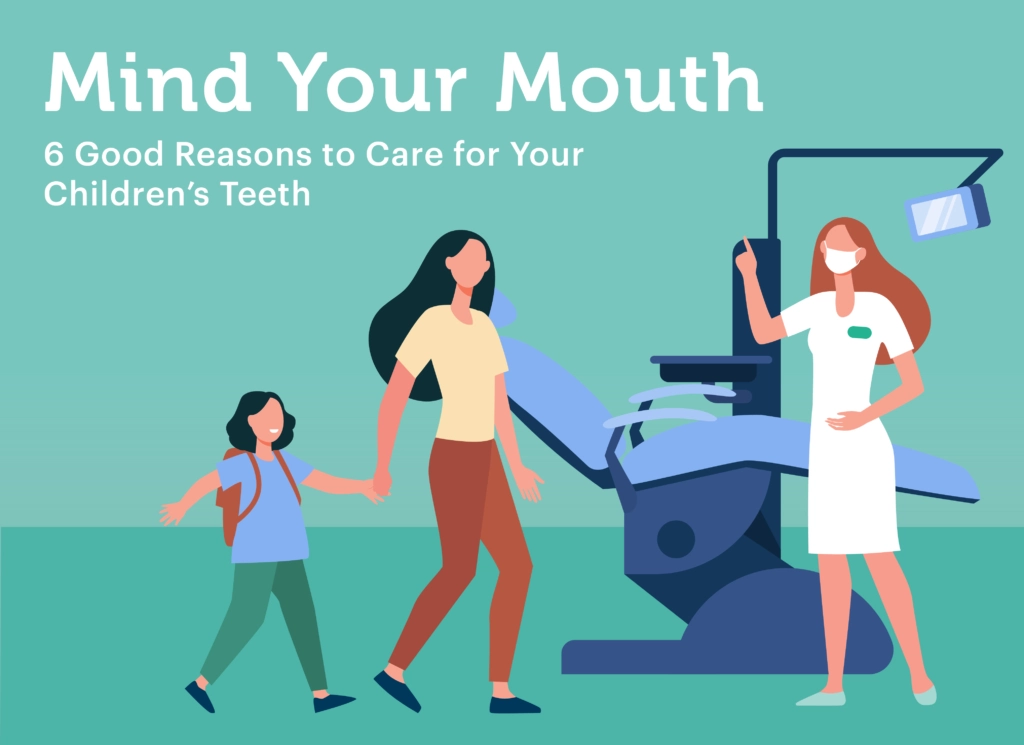
— This blog post is an excerpt from the Benevis White Paper “The Dental Divide and the Health Chasm It Creates for Too Many Children“ —
While the inherent connections between oral and medical health and well-being are widely known and acknowledged, modern care systems treat oral health as distinctly separate from the broader healthcare system.
The roots of these disparate systems began more than two centuries ago, when dental education was not included as part of the nation’s first medical schools built in the late 1700s. This omission led to the establishment of the nation’s first professional dental association, journal, and dental school as autonomous entities in 1839 and 1840.
Then in 1926, Columbia University biochemistry professor William J. Gies, Ph.D., published The Gies Report, Dental Education in the United States and Canada. That report is widely credited with providing the blueprint for dental education in the U.S. and solidifying dentistry as a field distinct from medicine.*
Numerous reports and research studies in recent decades have highlighted the many problems associated with the dental divide. The most well-known of those reports is the landmark Oral Health in America report published in 2000 by then-Surgeon General David Satcher. The report details the challenges associated with the dental divide and its many consequences, including social inequities in access, dental health, and dental care. Among other things, Satcher’s report questioned the quality, effectiveness, and long-term sustainability of the country’s current dental care system. Subsequent federal reports have highlighted failures of the dental system to adequately address or curtail common oral diseases such as cavities and periodontal disease.**
The dental divide is central to all of these challenges. Because medical care and dental care function as separate silos, the nation’s healthcare system bears many of the costs of poor oral health in communities across the country. People suffering severe pain from rotting teeth typically turn to emergency departments, putting the burden of care on hospitals and health systems. This disconnect makes it difficult to incentivize change in healthcare or dental care.
—
SOURCES
* Metz, E.A.: “The Dental-Medical Divide.” Health Affairs (Vol. 35, No. 12), December 2016.
**CDC: “Oral Health in America: Summary of the Surgeon General’s Report.” Accessed May 2, 2022.
Related Articles

Surprising Facts About Men’s Oral Health
Posted on: June 3, 2024
This Men’s Health Month, we have a few surprising facts to share about men's oral health and dental habits.

Women’s Oral Health in Pregnancy
Posted on: May 22, 2024
Learn about the surprising links between a mother and child’s oral health, and why it’s important to visit the dentist during pregnancy.

6 Good Reasons to Care for Your Children's Teeth
Posted on: September 12, 2023
